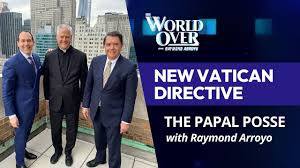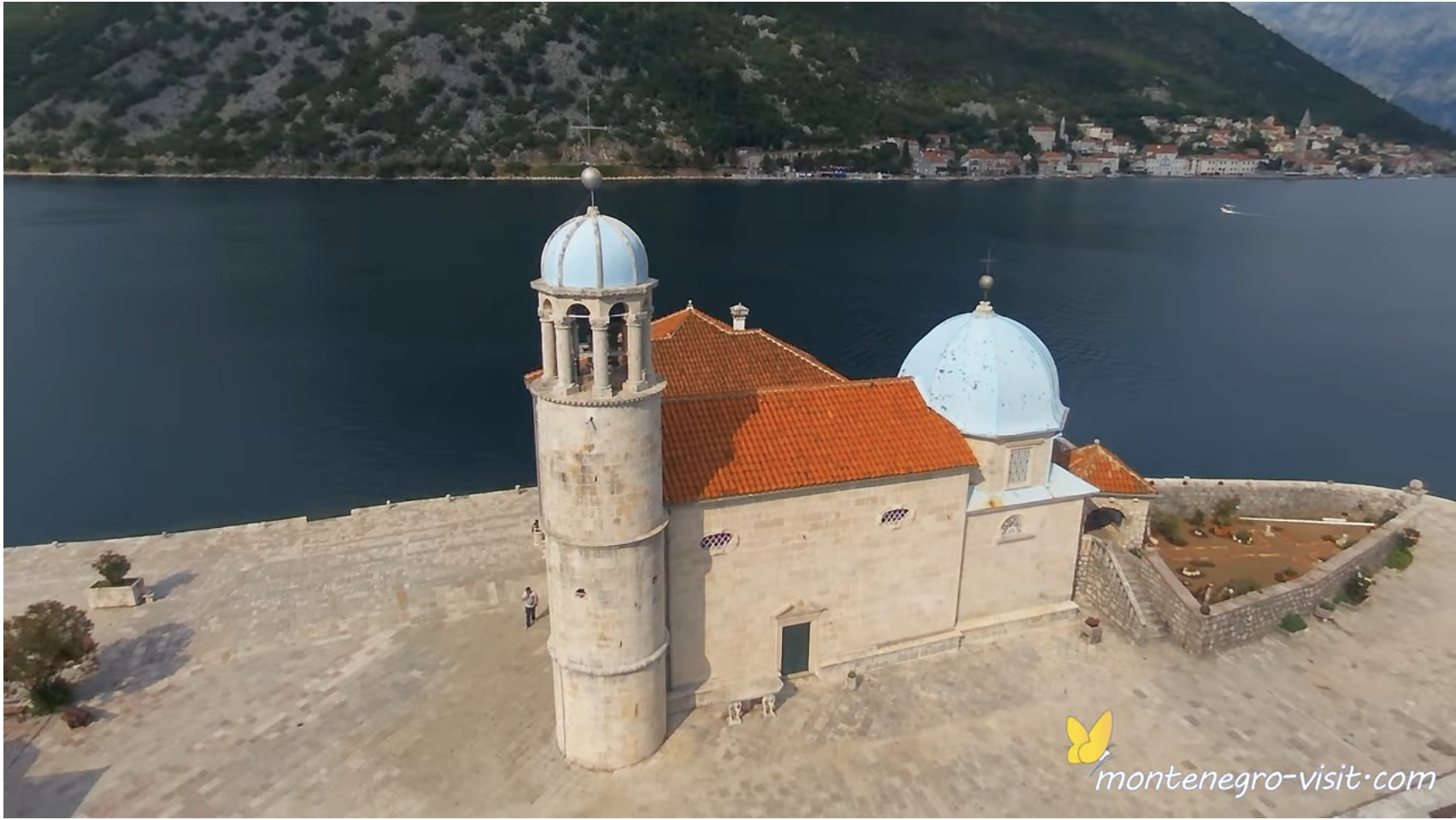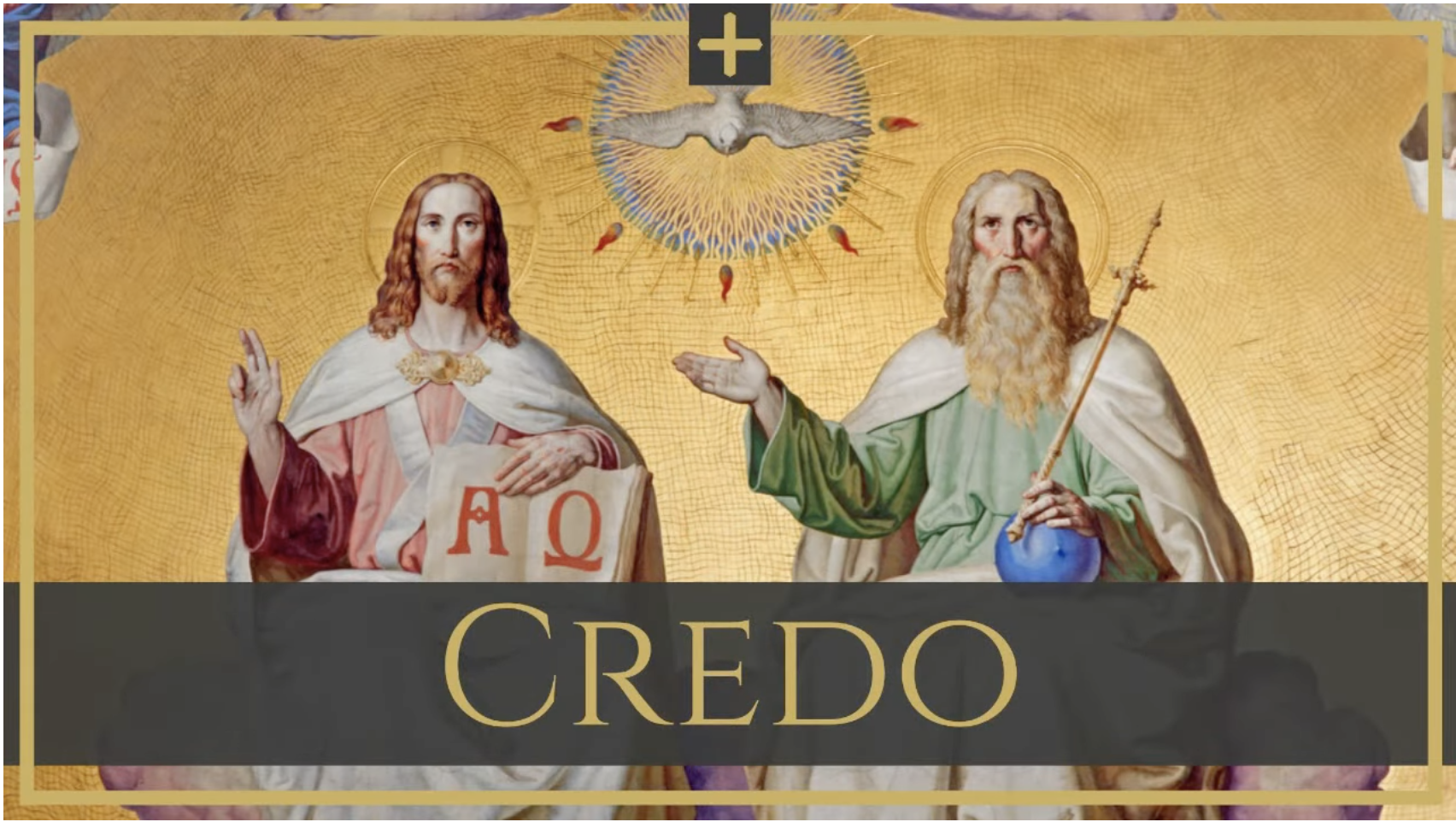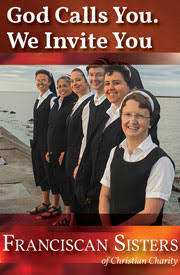Since Jesus called himself the Way to God, those men and women in Consecrated Life, that is those committed by vows or promises to “the evangelical counsels of chastity dedicated to God, poverty and obedience are based upon the words and examples of the Lord” are on the Way through this commitment.
Now, as I have said in other columns here, Catholicism is a Way rather than a collection of religious fascinations that take up our time and treasure, occupy our minds, and twist our morals. For those in consecrated life, these fascinations might be cronyism, forming cliques, spending money, or buying crystal, or flying around the world, or watching television. The list is endless – and seductive.
Once we get sucked into anything that takes up our time and pollutes our minds then we lose both time that could better be devoted to Christ and the quality of life needed to stay on the Way. For two millennia, people in the vowed life have had to confront the extraordinary pressures to conform to the Spirit of this world.
Early monks fled the cities and lived in the desert. Benedict of Nursia took his monks to isolated places where they could pray and work. Contemplatives went into the cloister where they could face the terrible loving God in silence. Those in secular institutes set aside fixed time for prayer away from their professional lives.
Benedict XVI taught that the Consecrated Life is: “A life devoted to following Christ in his chastity, poverty and obedience [that] thus becomes ‘a living exegesis of God’s word’.” Seeing a Religious, one should see the Gospel being unpacked before our very eyes in the ordinary events of life.
This person is living as Christ lives. The pagan West after the Enlightenment transposed this concept into an ideal that effectively meant that it became irrelevant for all practical purposes. It was rendered “impossible.”
Historically, consecrated life has given rise to several waves of professionalizing a vocation – anything to escape the demands of being on the Way all the time. Some religious become government officials, others disappear into the big institutions. Still others become teachers, doctors, nurses.
Certainly none of this is a problem – until the profession takes over and the consecrated life takes second place. Perhaps today’s secular institutes might teach the older orders how to avoid disappearing into their professions.

The consecrated life is not individual as the modern West understands the word. The West is fascinated with isolation, an isolation tied to solipsism. Western culture is obsessed with each person living his or her own truth – whatever that means. “Following your heart” is something that Adolf Hitler did, for example. So there has to be something more to it.
Instead, the man or woman in consecrated life is part of a community, a communion of prayer, sharing, truth and love. The community is larger than the individual and moves the individual to transcend herself/himself.
Further, the community of consecrated life only exists by participating in the larger community of the Church. Otherwise it is simply a men’s or a women’s club. The larger community is gifted to make the necessary judgments about founders and charisms. The smaller is not.
The relation between the community of consecrated life and the larger Church community crucially keeps the smaller community open to the grace and truth of Christ as they are presented in the Church. Conversely, the integrity of the smaller community manifests the integrity of the Church in some local area.
The Western idea of community-as-utility where one is tax-exempt, gets food when one needs it, and health insurance, is not the community of persons growing together as Benedict had in mind – an idea that the Church seeks to foster everywhere possible.
An individual in the consecrated life is called to an integrated life, which means following Christ the Way rather than following a bunch of religions. Thus the individual stands out against the pagan cultural background. The integrity of the consecrated one is “at the very heart of the Church as a decisive element for her mission, since it ‘manifests the inner nature of the Christian calling’ and the striving of the whole Church as Bride towards union with her one Spouse.” (John Paul II)
So religious or those in the consecrated life are not an accidental part of the Church. They model for clergy and laity alike the complete following of Christ. They also make present the extraordinary charisms of Saint Benedict, Saint Clare, or whichever saints founded their communities. We need all of these charisms to appreciate the grandeur of the Divine Son. The communion of saints in Heaven thereby has its counterparts on earth.
A last, wise word from Benedict XVI: “I would like to renew the invitation to consecrated persons to look to the future with confidence, relying on the fidelity of God and the power of his grace, who is always able to accomplish new wonders: ‘You have not only a glorious history to remember and to recount, but also a great history still to be accomplished! Look to the future, where the Spirit is sending you in order to do even greater things.’”














